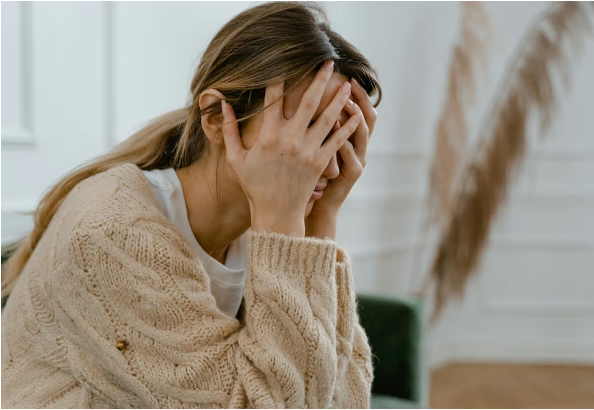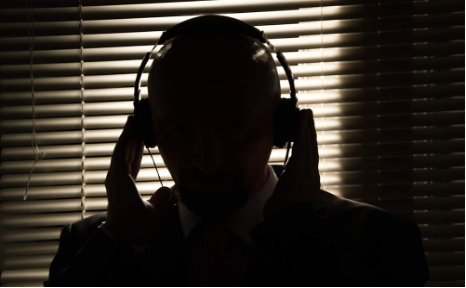The use of concealed cameras has become a two-edged sword in today's world, influencing our lives in both negative and positive ways. They are great security and accountability tools on the one hand, while they create major concerns for privacy and mental issues on the other. Here, the multifaceted impact of concealed cameras on our lives, from interpersonal relationships to social conduct, is discussed.
1. Invasion of Privacy and Emotional Consequences
An installed camera in someone else's home generally means that one wants to see another individual's actions inside the most intimate of spaces. That is generally someone with whom the subject is in close relationships, such as a relative, spouse, or ex-spouse. This is an act of abuse, as it takes away the privacy and autonomy of the victim without their consent.
The psychological impact of such spying can run very deep. If individuals are aware—or even believe that they are being watched, they can't help but worry about unwinding or focusing on their work. That constant state of awareness is exhausting for their feeling of safety, and leads to heightened stress levels, anxiety, and depression. The violation of privacy leaves them exposed and naked, destroying their mental health and lifestyle.

2. Enhanced Security and Crime Prevention
On the other hand, secret cameras have been valuable tools for enhancing security and crime prevention. In an era where risky behavior, malicious intent, and illegal activities are rampant, surveillance technology has significantly curtailed the freedom with which individuals commit crime. The mere presence of hidden cameras can alter behavior, causing individuals to act more responsibly and legally.
For instance, in the workplace, hidden cameras can help prevent theft, monitor employee productivity, and ensure adherence to safety protocols. In public spaces, they can deter vandalism, theft, and other forms of bad behavior. Knowing that one might be under surveillance makes individuals more responsible and law-abiding, creating a safer world for everyone.
3. Impact on Social Behavior and Communication
The prevalence of covert cameras has also influenced the way individuals interact and communicate. In a world where surveillance is everywhere, individuals have become more wary of their environment. Communication became less vocal in public areas, and individuals find it preferable to gather in more covert areas where they feel less vulnerable to possible surveillance.
This shift in behavior is a reaction to a heightened perception of the presence of secret cameras and the necessity to protect one's privacy. While this heightened awareness is beneficial in some cases, it can also create a paranoia and mistrust, which complicates social interaction even further.

4. Ethical and Legal Concerns
The use of hidden cameras is a grave ethical and legal problem. While they may be legitimate in certain circumstances—e.g., for security purposes—their misuse can lead to flagrant invasion of privacy. Unauthorised monitoring, whether in personal residences, offices, or public areas, can infringe on the law by the culprit and cause psychological damage to the victim.
To address these problems, it is necessary to establish clear guidelines and regulations for the employment of hidden cameras. This involves obtaining permission where necessary, ensuring their use is transparent, and implementing steps to prevent abuse. By finding a balance between security and privacy, society can harness the potential of surveillance technology without increasing its negative impact.
5. Recommendations for Mitigating Negative Effects
- Transparency and Consent: Always inform individuals when they are being recorded, especially in home settings. Consent should be obtained wherever possible to preserve individual autonomy.
- Regulation and Oversight: Organizations and governments need to develop detailed regulations on the application of hidden cameras, e.g., where and under what conditions they may be applied.
- Public Awareness: Educate the public on the potential threats and benefits of hidden cameras so individuals can protect their privacy and make educated decisions.
- Technological Safeguards: Develop and implement technologies that can detect hidden cameras, enabling individuals to find and fix unauthorized surveillance.
- Mental Health Support: Provide counselling and services to individuals who have been victims of the negative impact of hidden camera surveillance, helping them cope with the psychological and emotional repercussions.

Conclusion
The use of hidden cameras has indeed changed our daily lives for good, as well as not so good. While they have enhanced security and deterred criminal activity, they have also been faced with key questions about privacy, liberty, and mental well-being. With careful examination of their use and steps to curb their negative effects, we can gain a balance wherein we can still benefit from surveillance technology while not compromising our essence rights and freedom.
In a world where technology continues to advance at a faster and faster pace, it is important that the deployment of hidden cameras be exercised responsibly and with care, and that they turn into instruments of protection rather than tools of harm.
